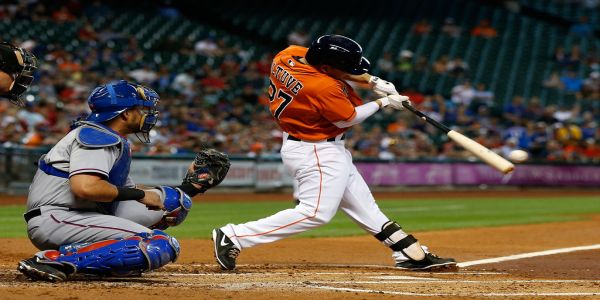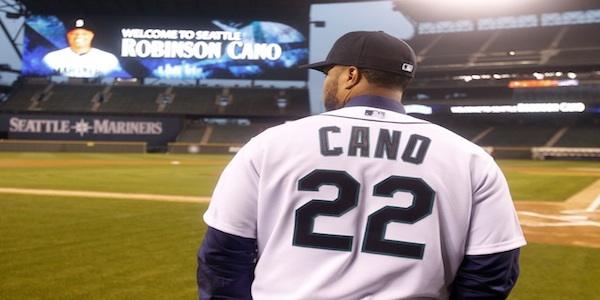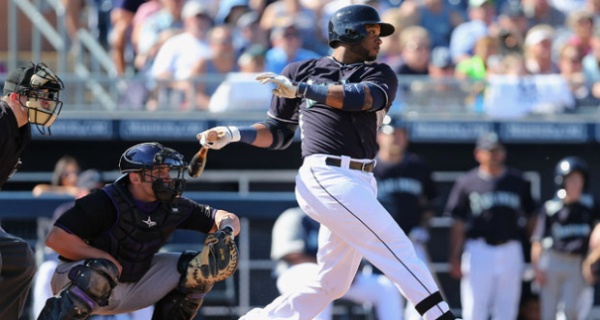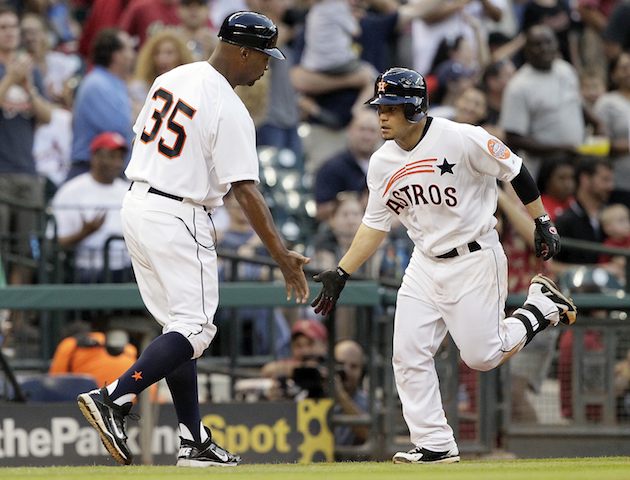2014 Fantasy Baseball: Real Offensive Value — Second Basemen, Part I
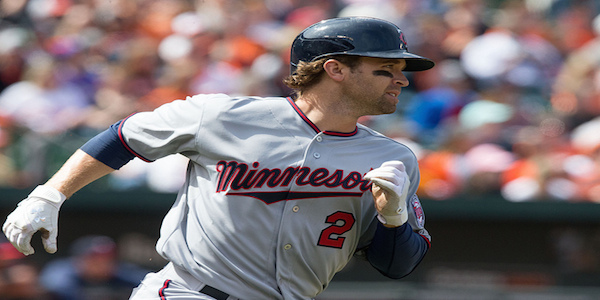
We continue the yo-yoing through positions when we move to second base. We saw how different first base was from catcher and now we move to the other extreme with second basemen. For those that haven’t checked out this series before today, we are chiefly concerned with a statistic called real offensive value. It is calculated by splitting the difference between batting average and secondary average. It provides a nice reference (that can be evaluating like a batting average) to look at everything a player contributes.
For your frame of reference, at the halfway point (when these numbers were compiled) the average ROV is .245. That compares fairly well with the league wide batting average which stood at .251 at the halfway point. Like the last several editions, I will include other numbers as well. We will see runs created (a number estimating the number of runs a player creates based on what he actually produced). We will see wRC+ (a fangraphs estimate of the number of runs a player produces per plate appearances). Finally, we will see runs produced (runs plus RBI minus home runs).
|
ROV |
RP |
RC |
wRC+ |
|
|
.301 |
86 |
50 |
115 |
|
|
.298 |
73 |
53 |
122 |
|
|
.297 |
67 |
61 |
129 |
|
|
.287 |
92 |
53 |
128 |
|
|
.274 |
94 |
55 |
125 |
|
|
.272 |
57 |
39 |
122 |
|
|
.271 |
55 |
43 |
116 |
|
|
.257 |
80 |
50 |
116 |
|
|
.255 |
80 |
49 |
114 |
|
|
.251 |
50 |
28 |
99 |
Before we get into individual players, we should take a look at the group. There are only nine players here that are above the league average according to wRC+. Second baseman are doing a little better in accordance with real offensive value, but they aren’t doing much better. This is where the whole idea of relative value comes into play. There were over 20 first basemen that achieved the same as Jason Kipnis. So it makes perfect sense that Jason Kipnis and players like him should be valued more because of the relative scarcity of even decent second basemen out there.
Brian Dozier– Minnesota Twins
One of the numbers we haven’t explored is the difference between runs produced and runs created. In fantasy terms, that’s the ballgame. It represents the hidden value of some players and helps explain why some players are mysteriously more valuable in spite of pedestrian sabermetric numbers. It could be luck, opportunity, or a hidden clutch factor. Robinson Cano and Ian Kinsler are the only two players with a higher differentials in that department. Translated into plain English, he is the most intriguing power and speed combination at the position.
Jose Altuve– Houston Astros
I’ve never been a big Jose Altuve guy. It’s one of those things I can’t put my finger on, but it has something to do with the analogy of the tortoise and the hare. It matters not where someone is in July. It matters where they are in September. It could be the .680 OPS after the all-star break that is throwing me off. It could be a historical lack of patience and lack of power that is throwing me off. After getting off to a good start in the walk rate department, his walk rate has dropped to 5.6 percent. That’s only half a percentage point higher than his career rate. Eventually his hot streak will end and he will begin to come back to Earth.
Robinson Cano– Seattle Mariners
Critics expected two things to happen when Cano went to the Mariners. First, they expected his power numbers to drop. Secondly, they expected his run production to drop. Funny, but he is tied with Ian Kinsler with the highest differential between runs produced and runs created. Obviously the Mariners lineup hasn’t been holding him back. I imagine he will end up with 20+ home runs when all is said and done though.
Ben Zobrist– Tampa Bay Rays
One of the fun parts of doing these series is that you get to see which teams are in desperate need of improvement at a particular position. The Orioles and Padres have players manning second base with ROVs under .200. The Padres aren’t in the market for a second baseman for a couple of reasons, but the Orioles might be. Put a Ben Zobrist or Daniel Murphy at second base for them and they might be an intriguing contender. Of course, Zobrist is that much more valuable because he can play multiple positions. The differential between his runs produced and runs created indicates that he is underrated. A change of scenery might boost his fantasy prospects.
Chase Utley– Philadelphia Phillies
Numbers aren’t the end all be all of existence, but they do demonstrate where there is value and where there are inefficiencies. Chase Utley is among those highly sought after in spite of being only slightly above average offensively. A team like the Giants might be interested in upgrading depending on the health of Marco Scutaro, but Utley isn’t as much of an upgrade as some people might think. Yes, Brandon Hicks has that .164 average, but he has packed quite a bit of punch into that average giving him a .239 ROV. Utley would be an upgrade, but would he be worth the price? Of course, it isn’t sure whether he would approve a trade even if it is to a contender.


